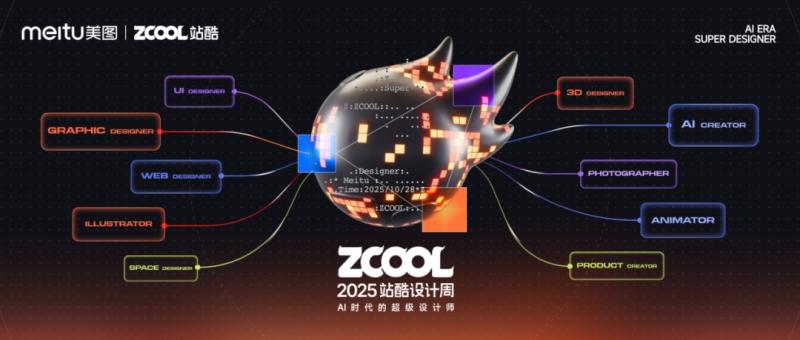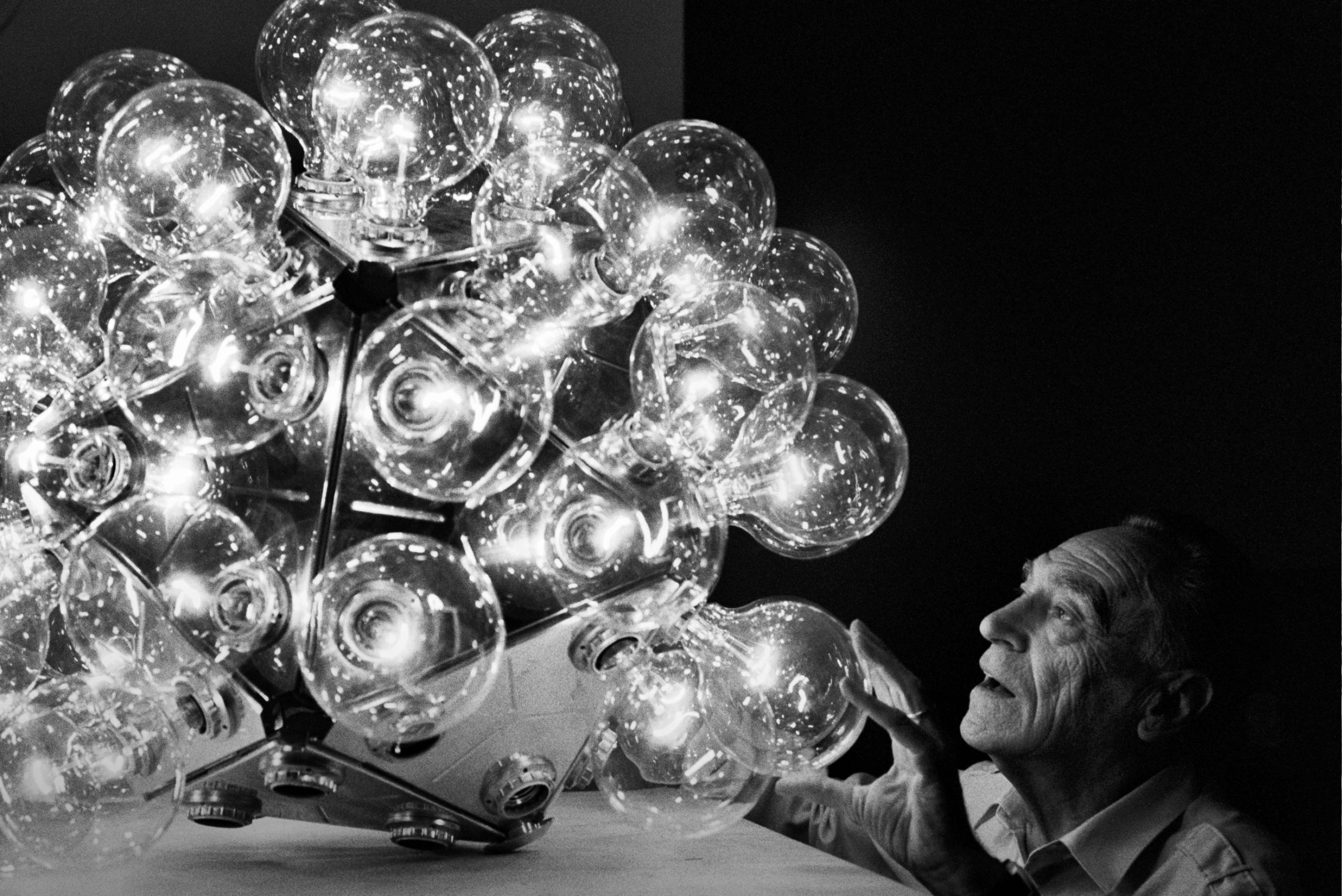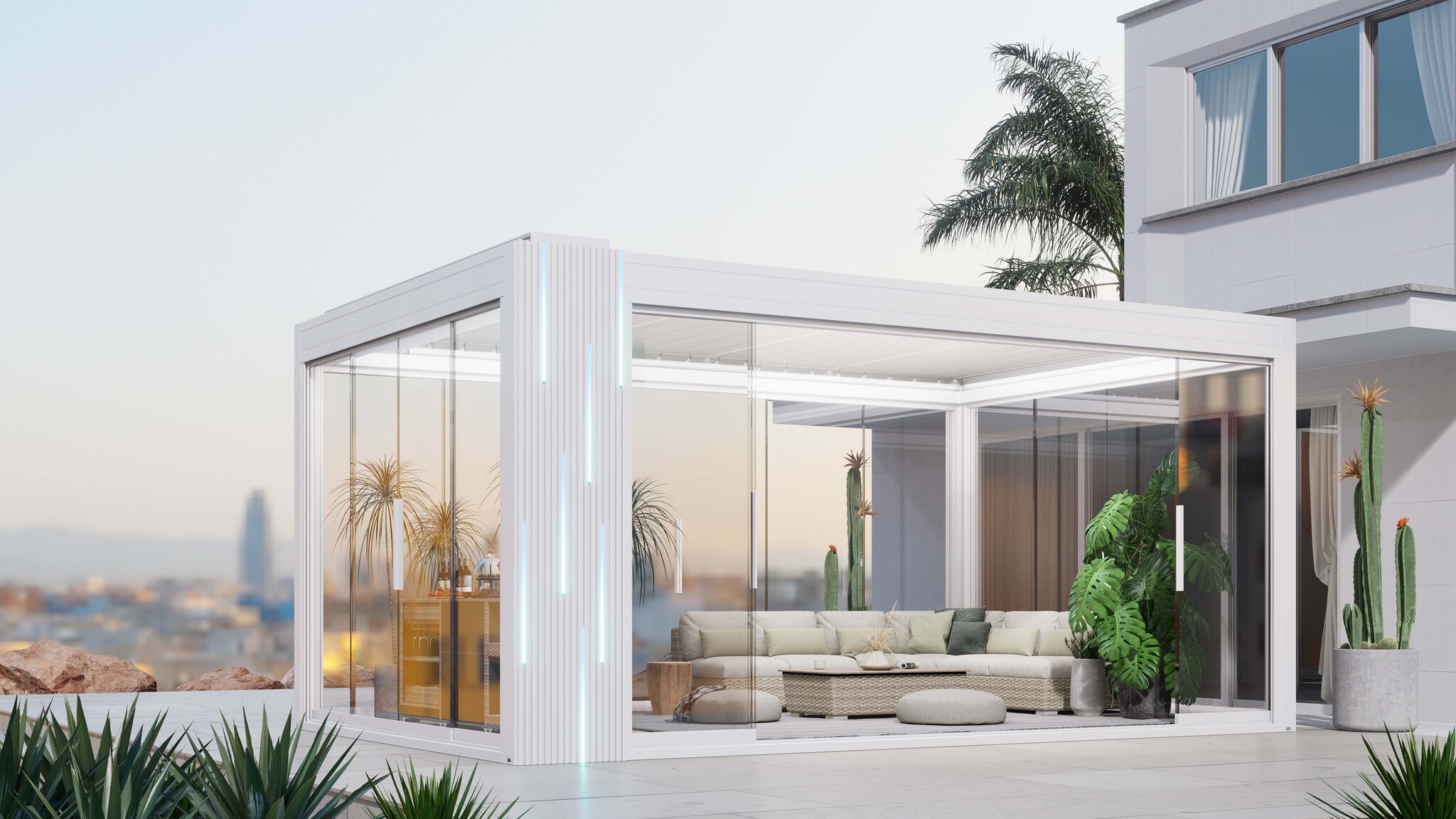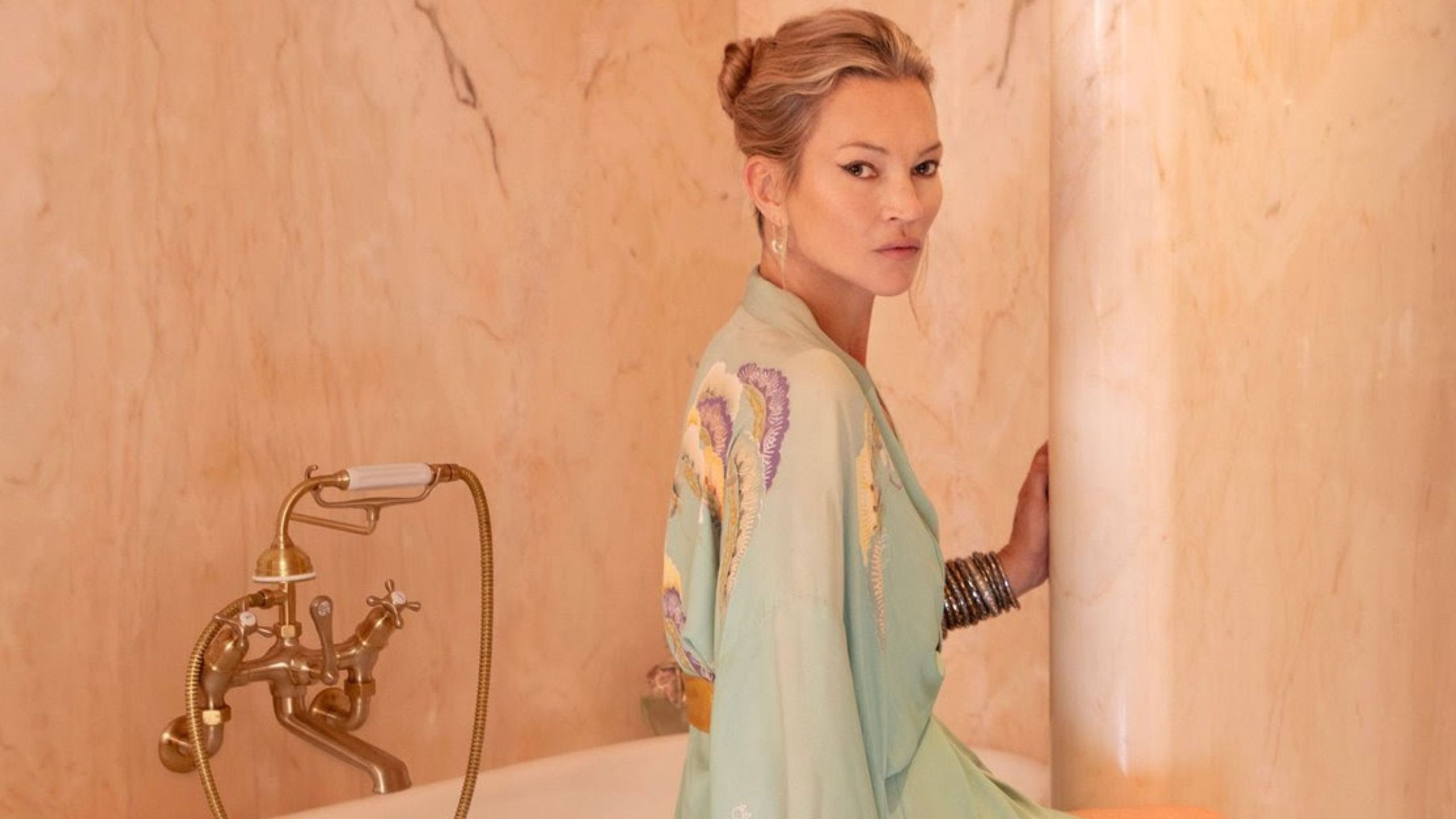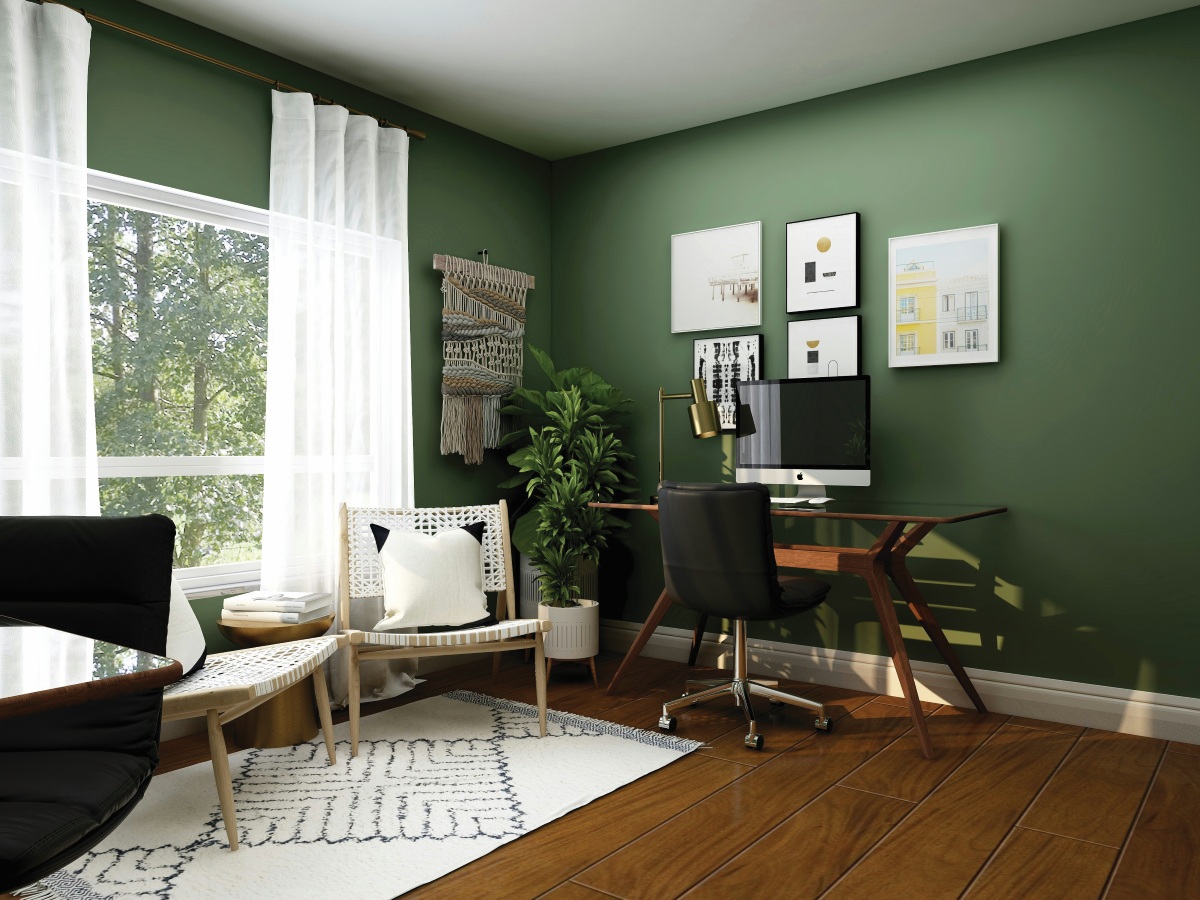
Fall 2025 marks my final semester working and studying at MIT—a moment that allows me to slow down, reflect, and enjoy my last winter on campus. I will deeply miss this intellectually stimulating environment and the people who have inspired and challenged me along the way.
Recently, I have been developing a research paper and delving into the emerging notion of the urban exposome, a concept that intersects with service design and systems thinking. I am honored to have been invited by Professor Judith Anderson from the Industrial Design Department at the Massachusetts College of Art & Design (MassArt) to collaborate with her senior industrial design students in exploring this topic together as part of her course: Product Development Lab (Figure 1).


With these students, we examined how the idea of the urban exposome might inform the design of LongevityTech Cities (Lee, 2025). During the workshop, we employed a think-aloud method (Ericsson & Simon, 1993; Schön, 1983), encouraging participants to articulate their thoughts as they interacted with paper-based materials, to capture their reflections and immediate ideas.
Ahead of the session, students filled out a pre-workshop survey capturing their perspectives on longevity literacy and the urban exposome, which helped me, as facilitator, understand their baseline knowledge and expectations.
What is urban exposome?
I first encountered the concept of the exposome through Tina Woods, a social entrepreneur and author of Live Longer with AI: How Artificial Intelligence Is Helping Us Extend Our Healthspan and Live Better Too (Woods, 2020). Originally introduced by Christopher Wild (2005), an environmental and genetic scholar, the exposome was proposed as a complement to the genome, focusing not on genes, but on all non-genetic factors that influence human biology over the life course.
Urban exposome refers to the totality of environmental, social, technological, and behavioral exposures individuals experience in urban settings, and how these exposures interact to shape health, well-being, and longevity (Sonnenschein, 2023; Andrianou and Makris, 2018). In urban contexts, it highlights the intricate interplay of factors such as air quality, mobility patterns, social networks, built environment, digital infrastructure, and service systems.
Earlier this year, Tina Woods and colleagues published an article in Nature Medicine, “Cities, Communities and Clinics Can Be Testbeds for Human Exposome and Aging Research” (Woods et al., 2025), revisiting this idea and exploring its potential value across both academia and industry. Similarly, Tabea Sonnenschein, a postdoctoral researcher at the University of Cambridge and Utrecht University, has been examining the definition and potential applications of the urban exposome through her doctoral research (Sonnenschein, 2025).
These emerging discourses resonate deeply with my Design for Longevity (D4L) Unclock Framework (Lee, 2025), a conceptual model structured around three pillars: longevity, service, and system, each examined through the lenses of design, technology, and society (Figure 2).


Key Takeaways
The concept of the urban exposome has inspired me to consider how it might be integrated into service design and systems thinking for longevity planning, helping us envision more inclusive, adaptive, and comprehensive LongevityTech Cities. This article synthesizes my learning and reflections from the three-hour workshop into three key takeaways:
Urban exposome – Key takeaways:
Embracing ambiguity for systemic design challenges
In the workshop, I introduced the experimental D4L Unclock Framework as a guiding tool to help students engage with the broad and complex notion of the urban exposome (Figure 3). The goal was to encourage them to maintain an open, exploratory mindset, embracing ambiguity as a source of potential rather than a source of confusion. This process recalled the diverging phase within the UK Design Council’s Double Diamond model (2005), where designers expand the scope of inquiry before converging toward solutions.


Ambiguity is inherent in systemic and interconnected challenges. Most design problems today span multiple disciplines. For instance, a government innovation project often integrates design, policy and service, while addressing climate change demands collaboration among system design, urban planning, environmental science, and technology (Jones, 2014; Manzini, 2015).
Designers need to learn to navigate uncertainty as a productive space for exploration rather than viewing it as a barrier to progress. The concept of the urban exposome is inherently abstract and can feel elusive, especially for those encountering it for the first time. In a world saturated with information, data, and media, the ability to learn how to learn has become a critical design competence (Cross, 2006). As William Gaver, Jacob Beaver, and Steve Benford (2003) argued, ambiguity can serve as a resource for design, prompting curiosity, reflection, and deeper engagement.
With the advancement of artificial intelligence (AI), we need to consider whether designers become more creative and productive, or if we risk becoming lost in an overwhelming sea of possibilities. Ambiguity has become the new norm across disciplines.
The key question, therefore, is how we can better prepare ourselves to embrace and adapt to it. What capabilities, mindsets, and skill sets are essential for thriving under uncertainty? On a broader scale, we need to consider cultivating the cultural and socioeconomic environments that enable designers to experiment, fail, and iterate—to try and err—as part of a systemic learning process.
Building conditions for constructive discussion
Dialogue, especially among participants with diverse backgrounds, serves as a powerful catalyst for generating new perspectives and questioning established assumptions. During the workshop, students worked in pairs or small groups to collaboratively explore the concept of the urban exposome and its potential applications and values in shaping a LongevityTech City.
Teamwork is inherently challenging; it demands mutual effort, active listening, and openness to differing viewpoints. The quality of dialogue often determines the depth of insights and originality of emerging ideas. As a facilitator, I deeply enjoyed observing and listening to these exchanges. The depth and diversity of the students’ conversations revealed how each team interpreted design challenges and influenced their proposed D4L solutions.
To capture these dynamics, I employed the think-aloud method as the primary approach for surfacing participants’ creative ideas, implicit needs, and emerging concerns (Ericsson & Simon, 1993). To enrich the discussion, I introduced tangible prompts, including printed D4L Unclock Framework diagrams and 12 D4L cards (Lee et al., 2023), which acted as part of the workshop “script” (Tomkins, 1987).
Here, the notion of a script refers to understanding the workshop environment and interaction flow. Creating a psychologically safe and comfortable space (Figure 4), supported by immersive interaction techniques and role-playing activities, was equally important to encourage open, reflective, and co-creative dialogue among participants (Sanders & Stappers, 2008).


Exchanging ideas through constructive discussion formed the foundation of the workshop and marked only the first step in a broader design journey. Looking ahead, I envision engaging stakeholders from diverse disciplines, such as finance, engineering, science, and design, to extend this collaborative model and collectively reimagine the urban future of a longevity society. I believe that collective creativity thrives when individuals feel empowered to contribute openly and take ownership of the design process.
Shaping cities, shaping ourselves
Jan Gehl once observed, “First we shape the cities—then they shape us.” The environments we inhabit profoundly influence how we think, behave, and make decisions. They also reshape our social infrastructure, redefining society’s expectations and standards of urban living (Gehl, 2011).
In his seminal work Life Between Buildings: Using Public Space, Gehl (2011) discusses four customary distances—intimate, personal, social, and public—that define human interaction in physical space (Figure 5). His ideas build upon Edward T. Hall’s foundational work The Hidden Dimension (1966), which revealed how cultural contexts, particularly within Western European and American societies, shape our perception of interpersonal distance.


These spatial norms remind us that design and culture are deeply intertwined and that our built environments encode unspoken rules of proximity, privacy, and participation. Gehl noted that life between buildings is not merely accidental but a self-reinforcing process. The physical environment cultivates an invisible social infrastructure that subtly governs behavior and interaction.
The interplay among landscape, cityscape, streetscape, and servicescape (Bitner, 1992) not only fosters innovation but also exposes friction, revealing tensions between planned systems and lived experience (Alexander et al., 1977). Urban planning, in this sense, becomes a collaborative act between architects, designers, policymakers, and residents, reflecting collective aspirations toward a desired social order.
Gehl’s philosophy strongly resonates with the vision of building a LongevityTech City and rethinking the urban exposome through the lenses of service design and systems thinking. Designing functional and sustainable urban environments has the potential to nurture empathetic, altruistic individuals—who, in turn, sustain the city’s vitality (Lee, 2025; Manzini, 2015).
“People come where people are,” as the Scandinavian saying goes. We move toward the warmth of others, drawn by their energy, vibe, and rhythm. The urban exposome is that invisible fingerprint, a living imprint of human movement and connection. To sustain vibrant public life and inclusive urban cultures, we need to design and plan more than just places to stand; we should strategically craft ecosystems that invite walking, inspire staying, and nurture a genuine sense of belonging.
References:
- Design Future Longevity: Unclocking Time, Age, and Society (link)
- Design for Longevity from d-mix lab (link)
- Designing Healthcare Services for Longevity (link)
- Reimagining gym experiences: LongevityTech health service innovation (link)
- Cities, communities and clinics can be testbeds for human exposome and aging research (link)
- Agent-based modeling of urban exposome interventions: prospects, model architectures, and methodological challenges (link)
link

